Because of their instrumental wizardry, it’s understandable if virtuosity is the first thing that comes to mind when you think of the British band Yes. But their best songs combine that brilliant playing with lyrics that hit home.
Videos by American Songwriter
“I’ve Seen All Good People” manages to meld two distinct pieces of music into one magical suite. But it wouldn’t be half as memorable without the lyrics that use clever metaphors to elucidate topics that touch everyone.
Feeling “Seen”
Yes had their backs firmly against the wall heading into the making of their third album. On their first two albums, they’d proven that they could go off into musical flights of fancy that most rock bands wouldn’t even dream of attempting. Who else could cover The Beatles’ simple ditty “Every Little Thing” and turn it into an epic?
But commercial success didn’t really accompany them on those first two albums. There was uncertainty after founding member Peter Banks was replaced by new guitarist Steve Howe. Money from their coffers was dwindling fast, forcing them to play shows as much as possible while also putting together their new album.
That old adage about pressure producing diamonds seems to apply to The Yes Album, released in early 1971. The cover songs were gone, replaced by six originals, most of which were elongated and split into multiple parts. That included the first song on Side Two, which was technically broken down into the “Your Move” and “I’ve Seen All Good People” sections.
Singer Jon Anderson wrote the “Your Move” part, which evokes pastoral folk. Bassist Chris Squire handled the second part of the song, which segues into driving rock and roll. Those elements came together into something truly evocative and special. With songs like this, Yes was starting to put progressive rock on the map.
Examining the Lyrics of “I’ve Seen All Good People”
The suite begins with an a cappella rendering of Squire’s main theme. “I’ve seen all good people turn their heads each day / So satisfied I’m on my way”. It’s a striking opening, one that suggests that apathy to the world’s ills can be as damaging as the ills themselves.
Anderson then begins his extended musing on the game of chess and how it reflects the different paths we take in our journeys. “Take a straight and stronger course / To the corner of your life,” he begins. He seems to be suggesting that decisiveness is crucial. It’s just a matter of identifying the right avenue and taking it.
“Move me on to any black square,” Anderson sings amiably. “Use me any time you want.” But he warns about becoming too voracious in your appetites. It’s a subtle nod to warmongering in a time when armed conflicts were very much in the news. “Just remember that the goal / Is for all to capture all we want.”
Anderson warns about conceit and self-interest. “Don’t surround yourself with yourself,” he suggests. “Move on back two squares.” Instead, he wishes for peace and goodwill, using John Lennon’s phrase as an example. “Send an instant karma to me / Initial it with loving care.” The chorus’ repetition of the word “time” amplifies the urgency of his message.
When Squire’s initial refrain returns, this time surrounded by a grinding rock rhythm, it adds a bit of symmetry to the construction. “I’ve Seen All Good People” proved that Yes still had the knack for musical ambition and ingenuity. But it also demonstrated that they could yield lyrics to make us think and feel along the way.
Photo by Andre Csillag/Shutterstock





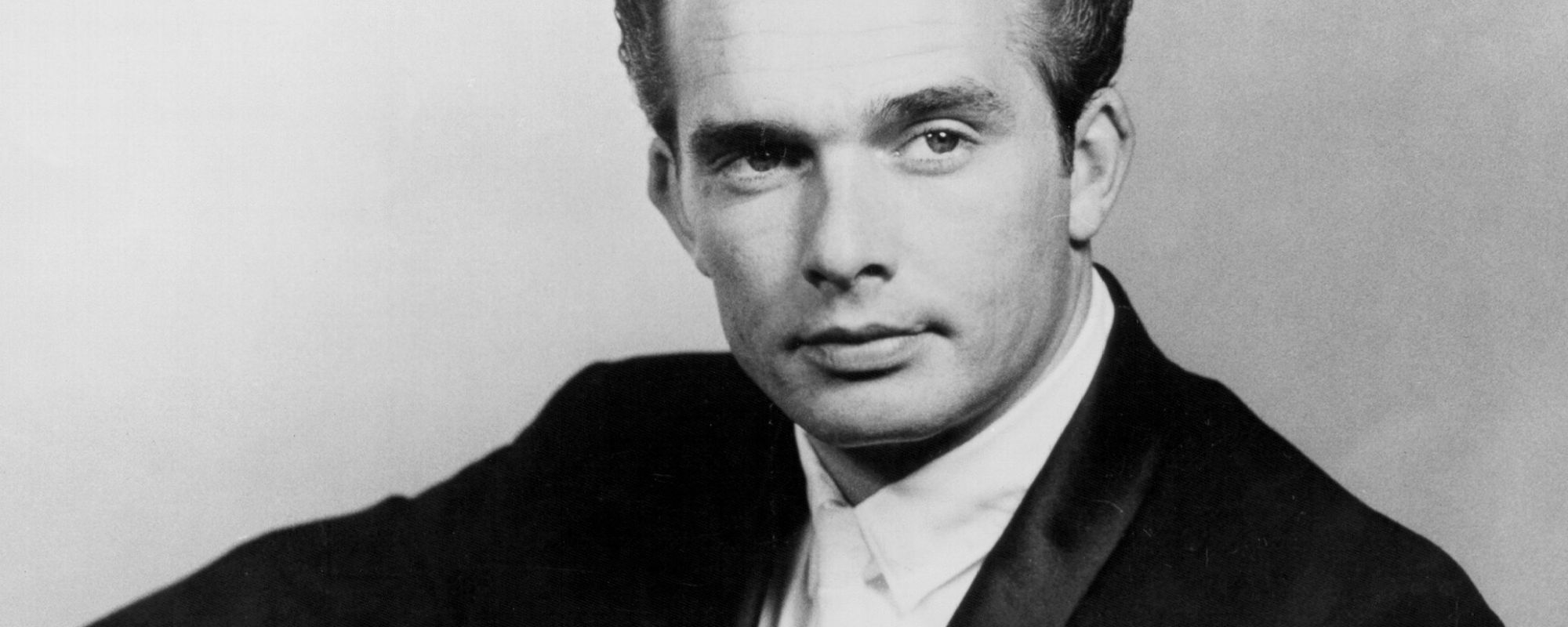

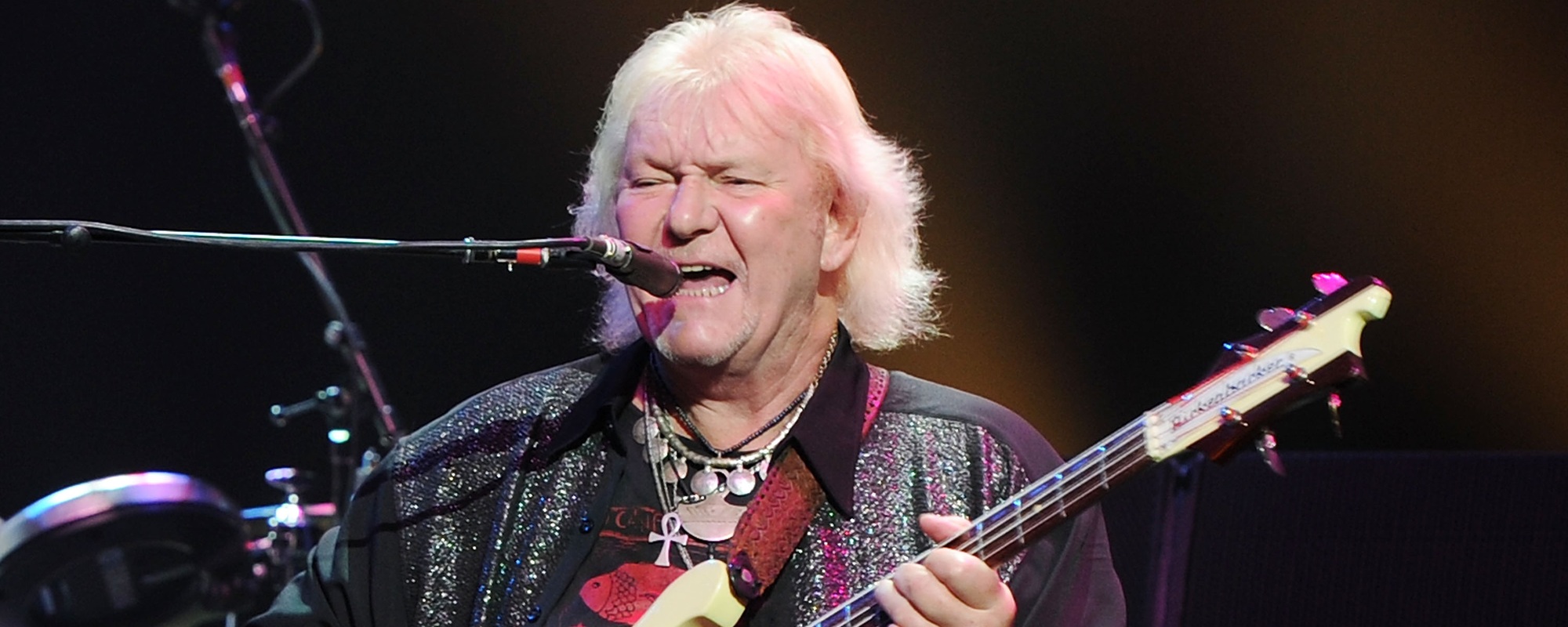
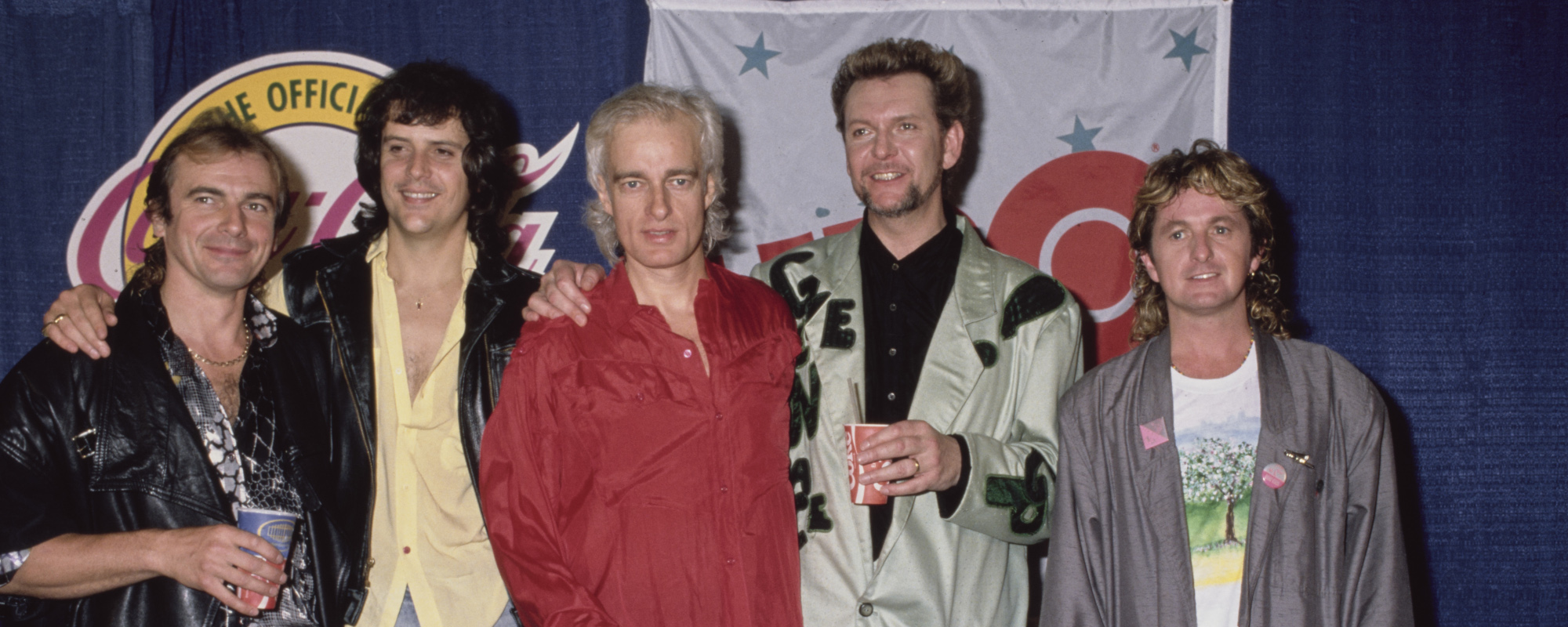
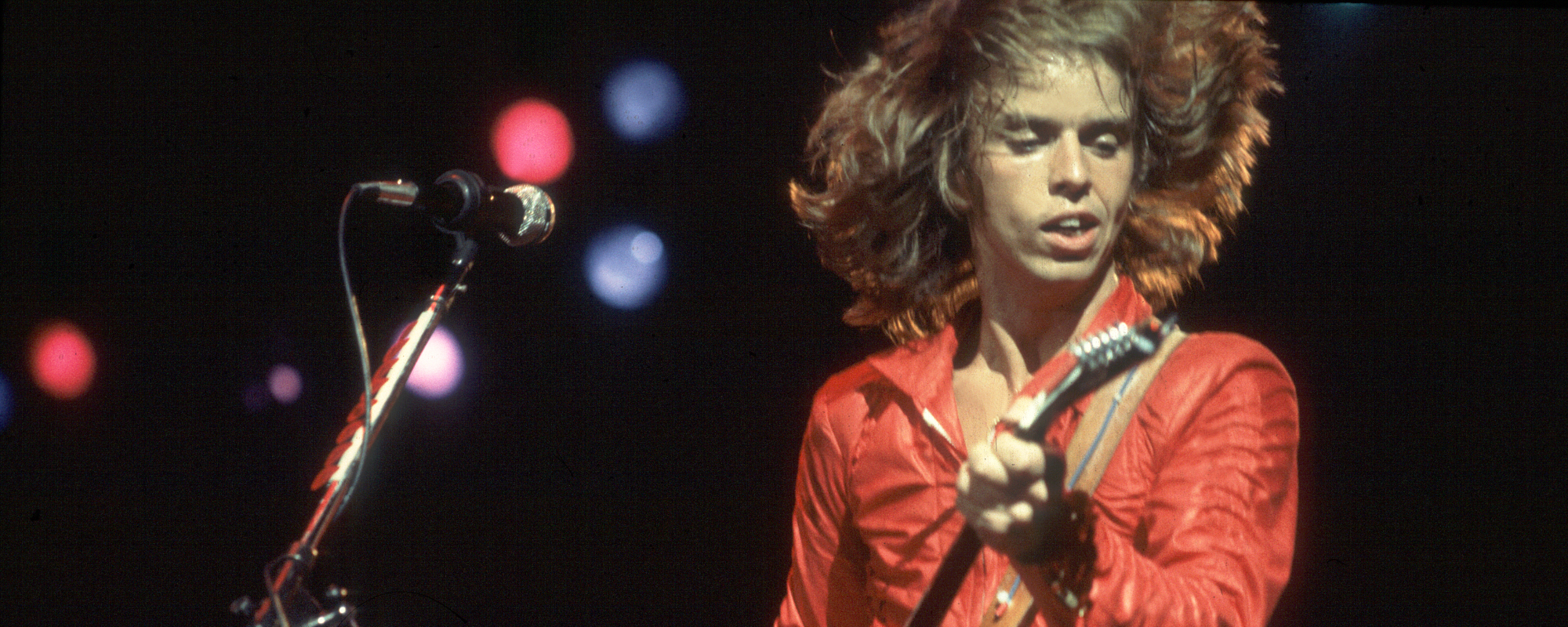

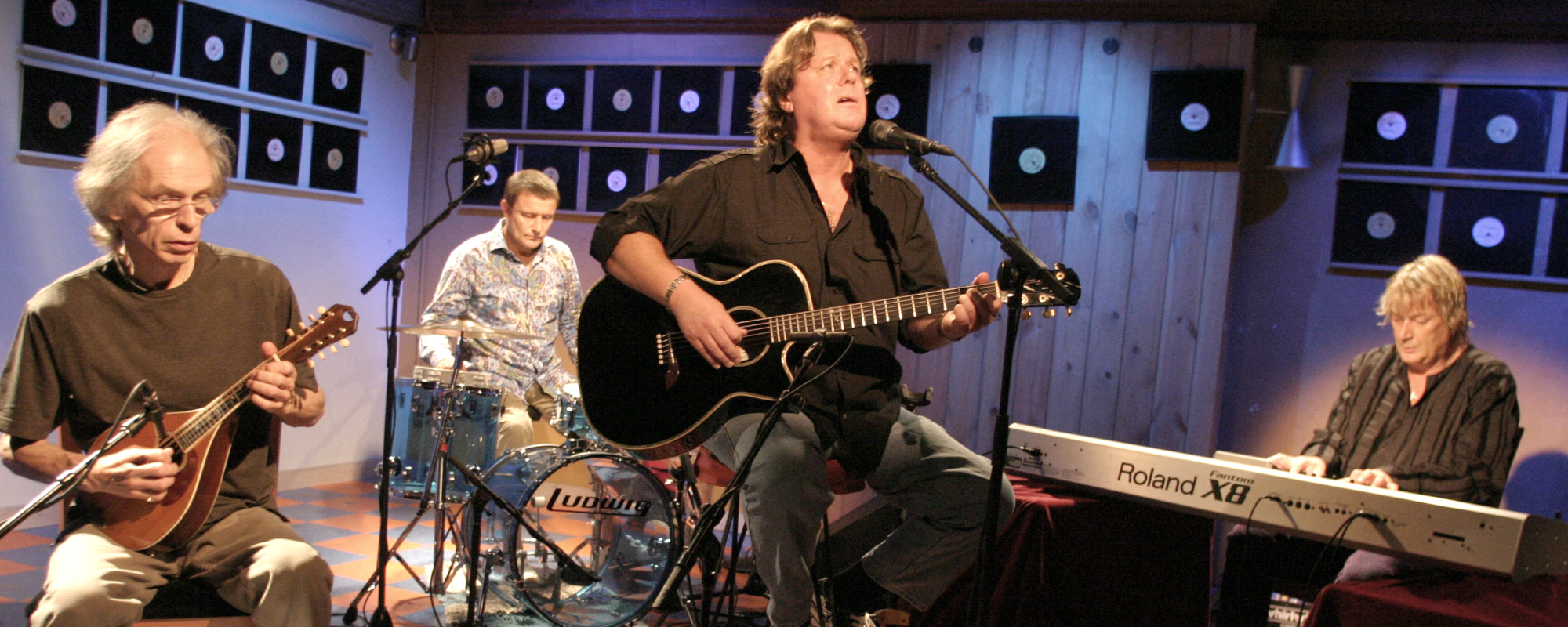

Leave a Reply
Only members can comment. Become a member. Already a member? Log in.